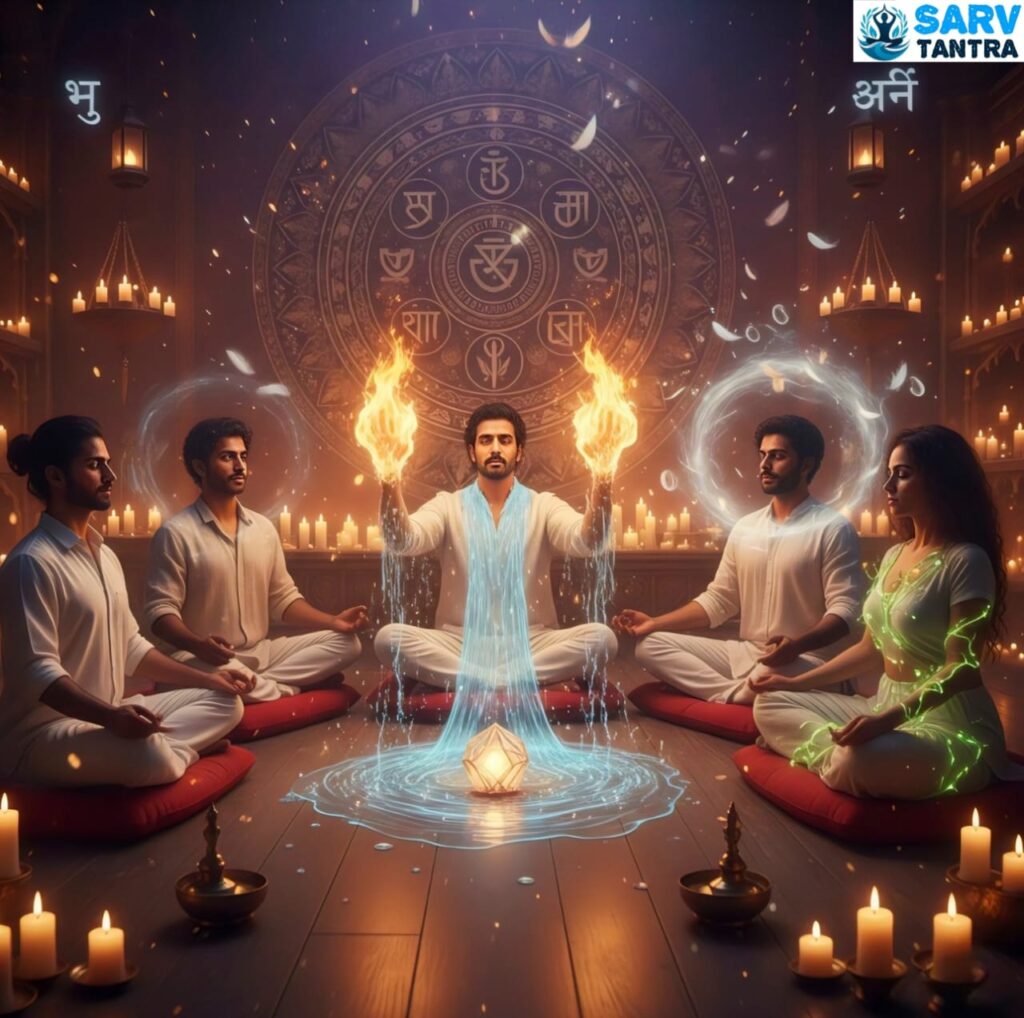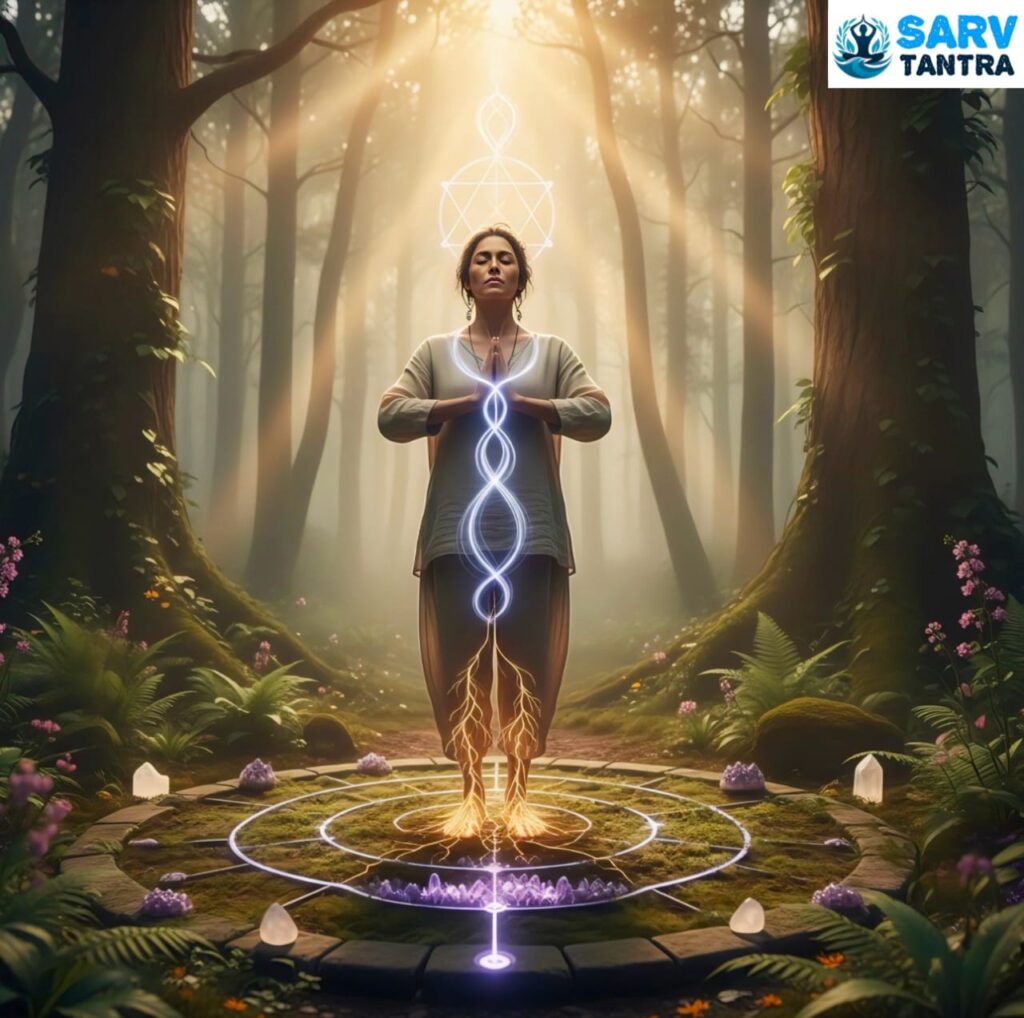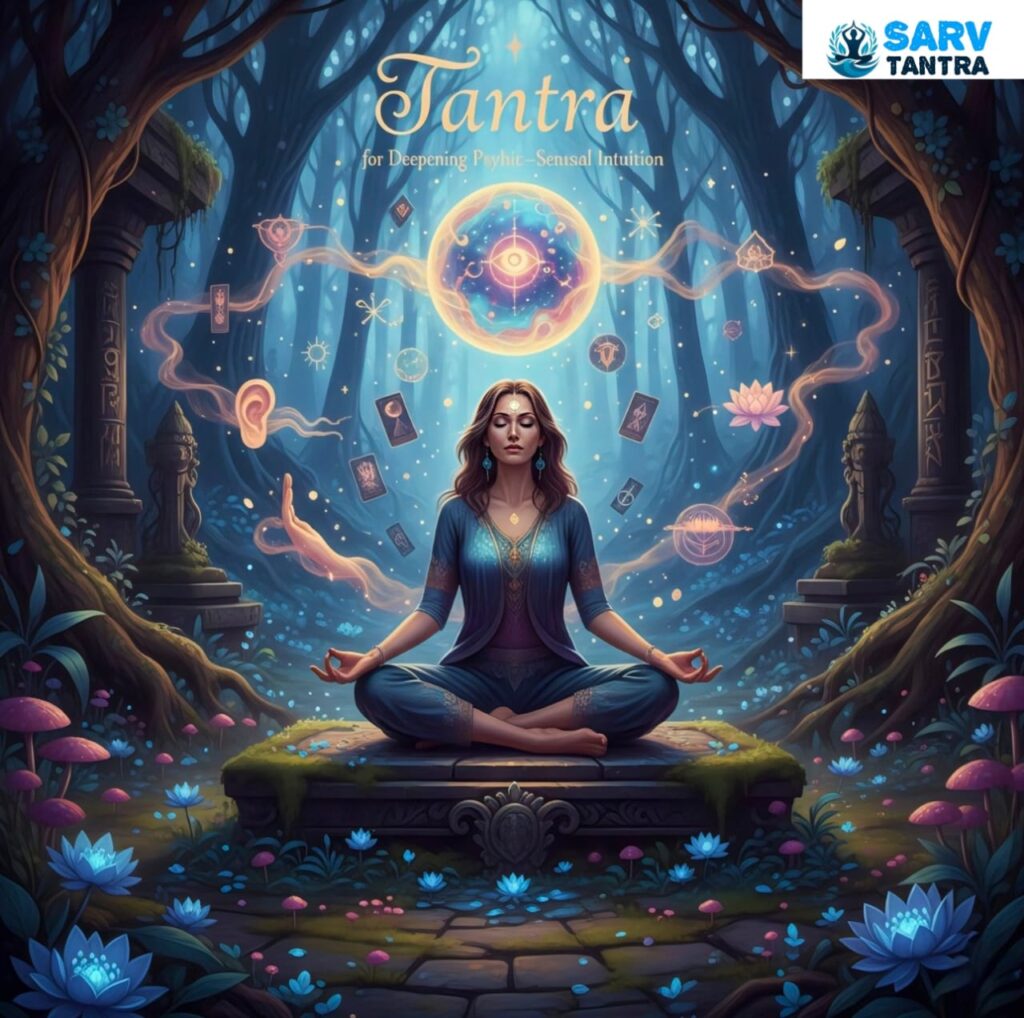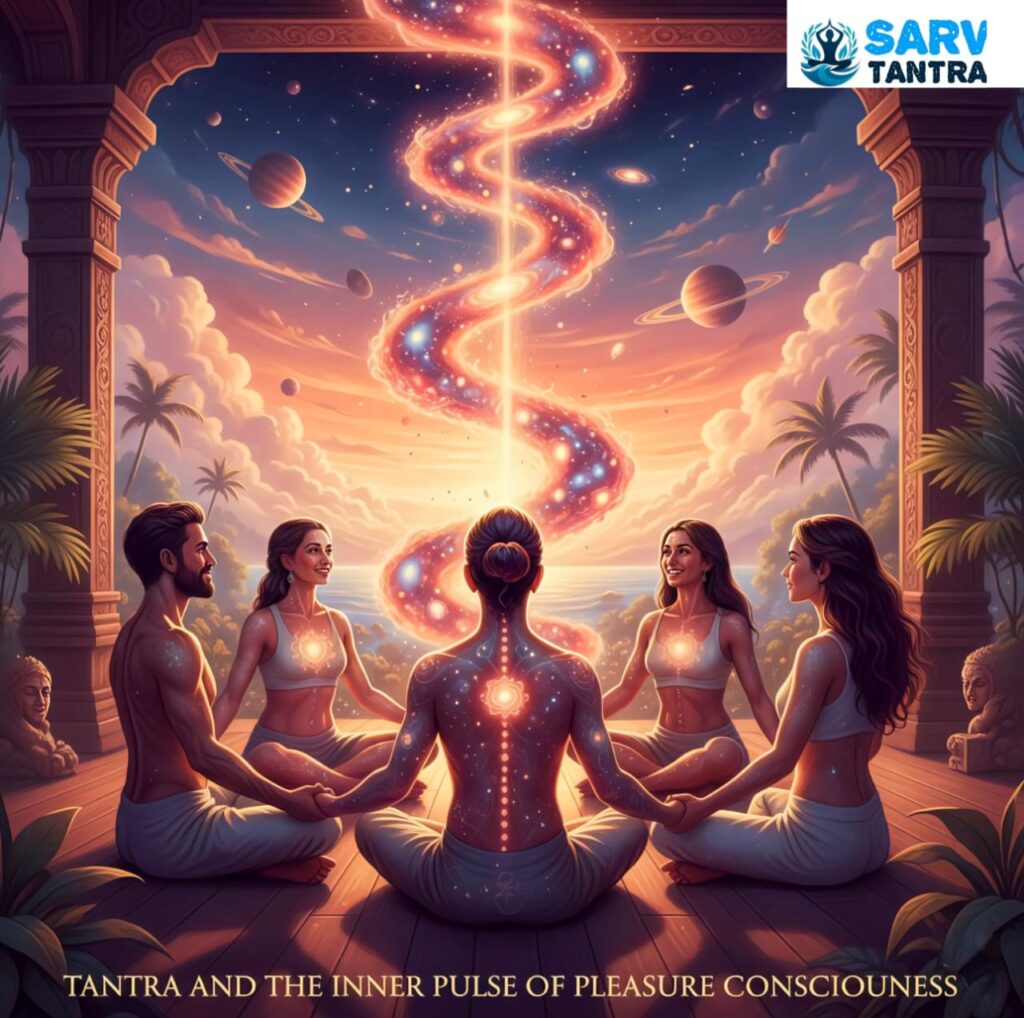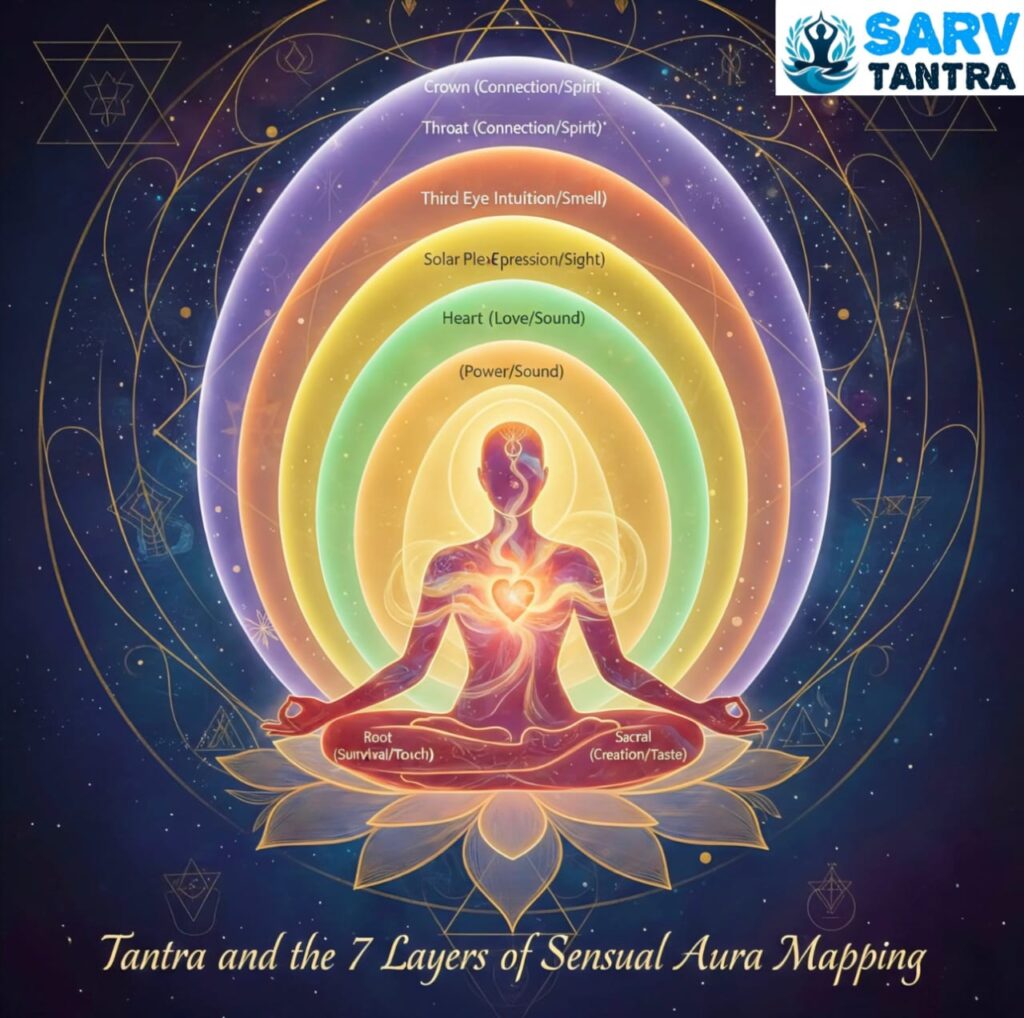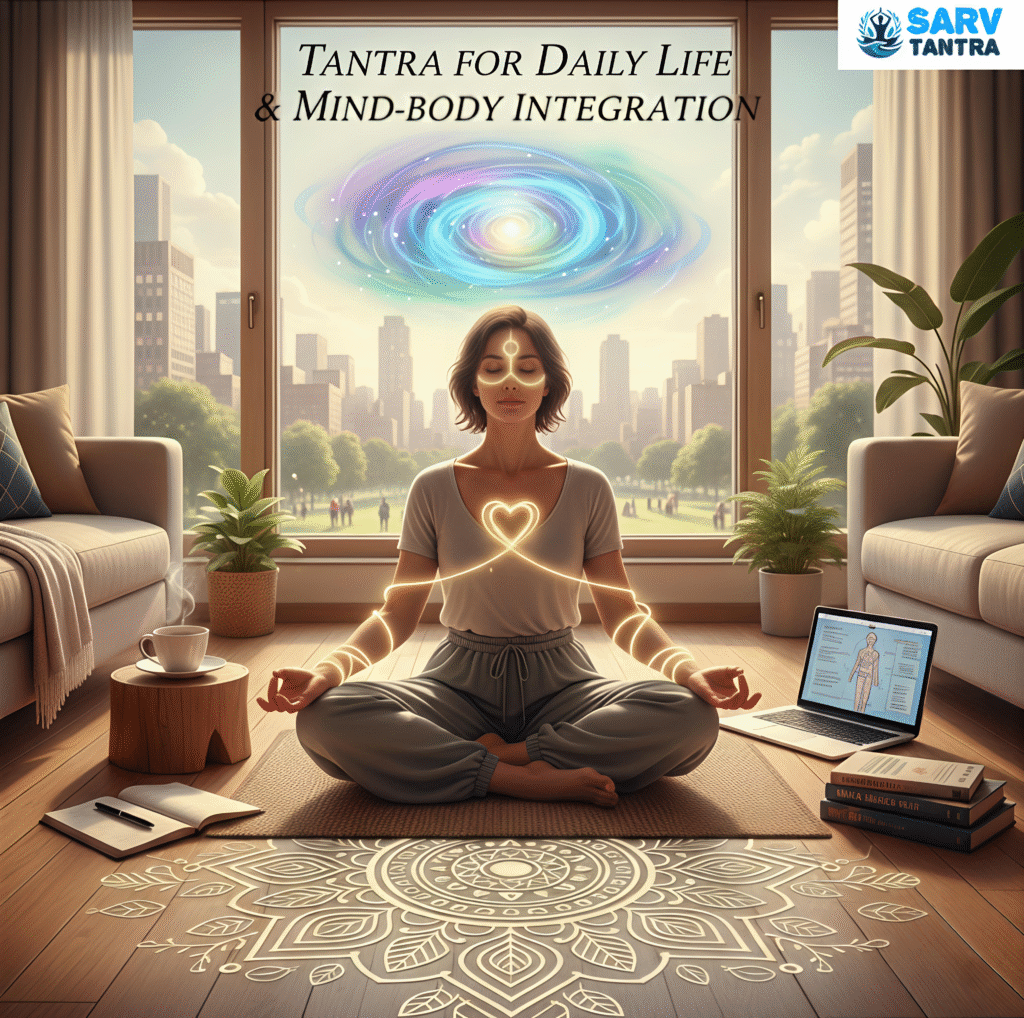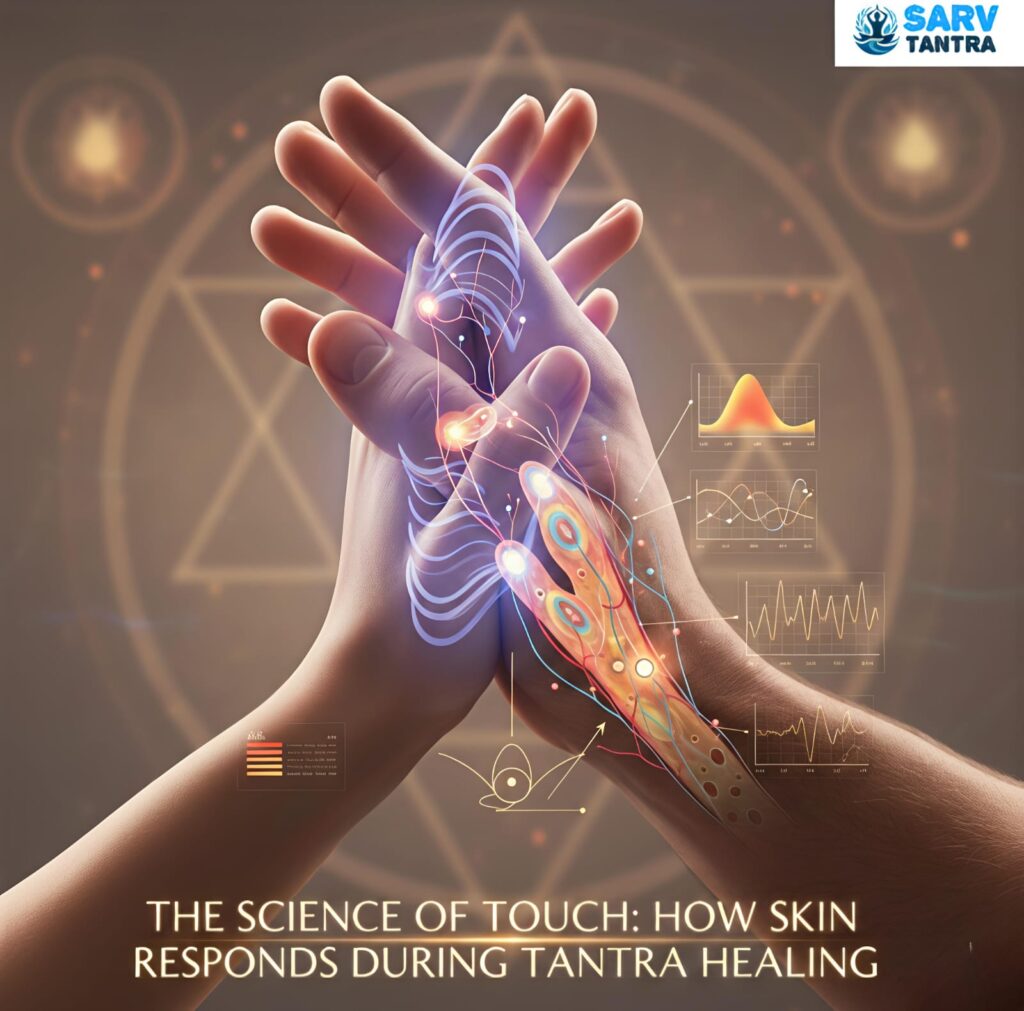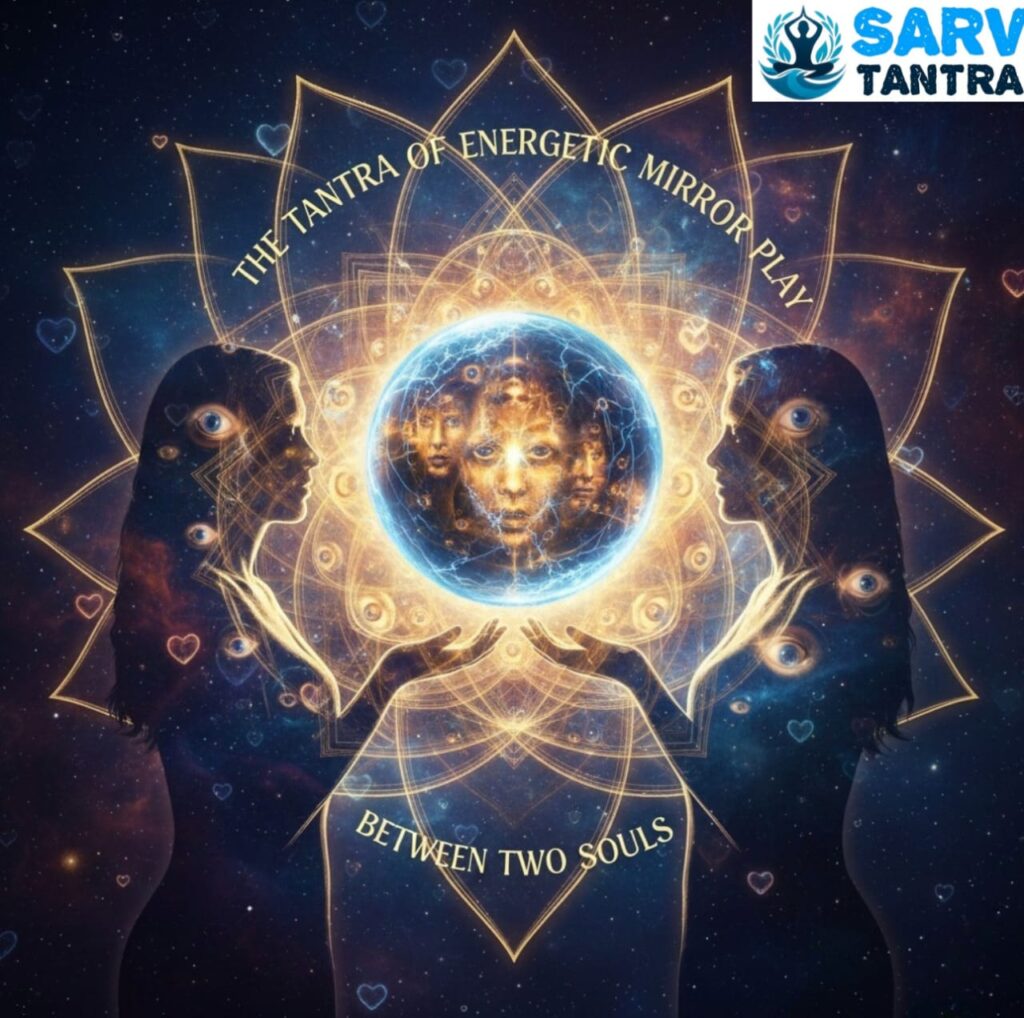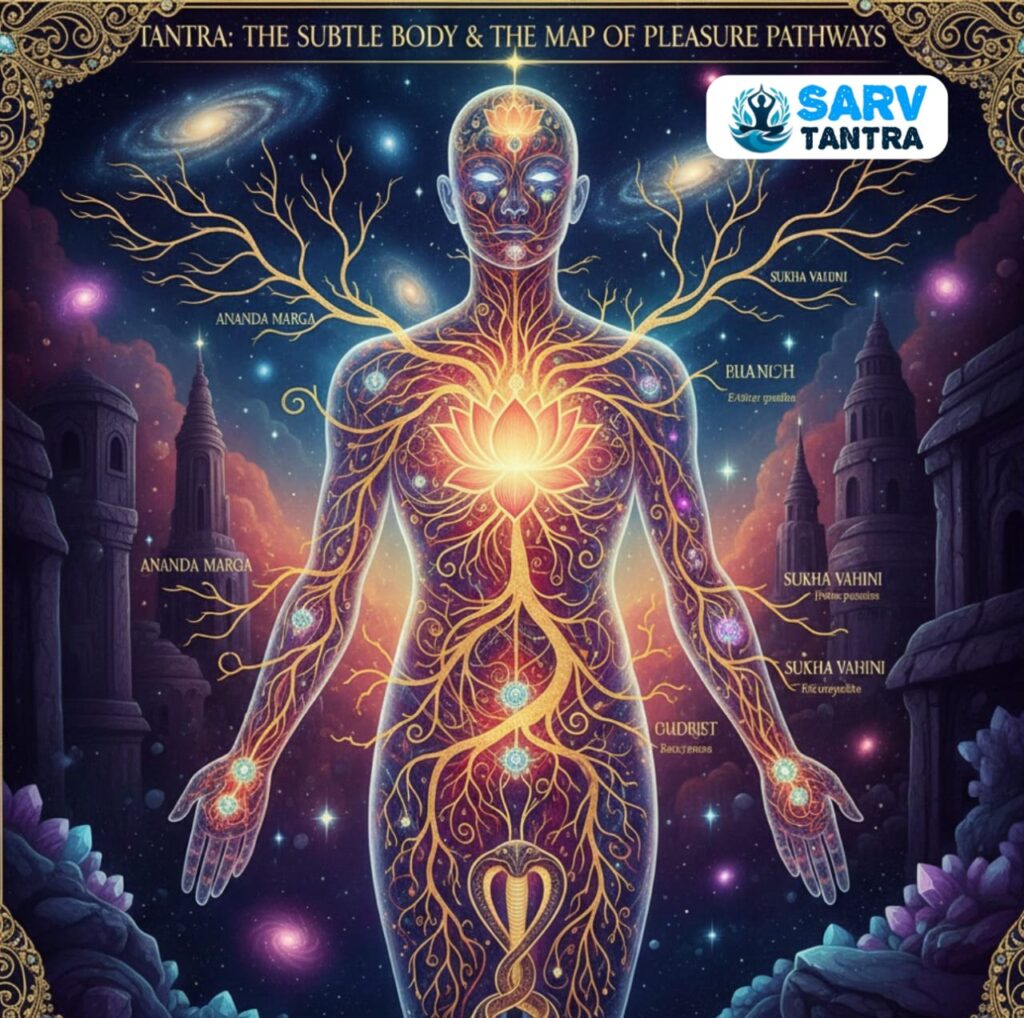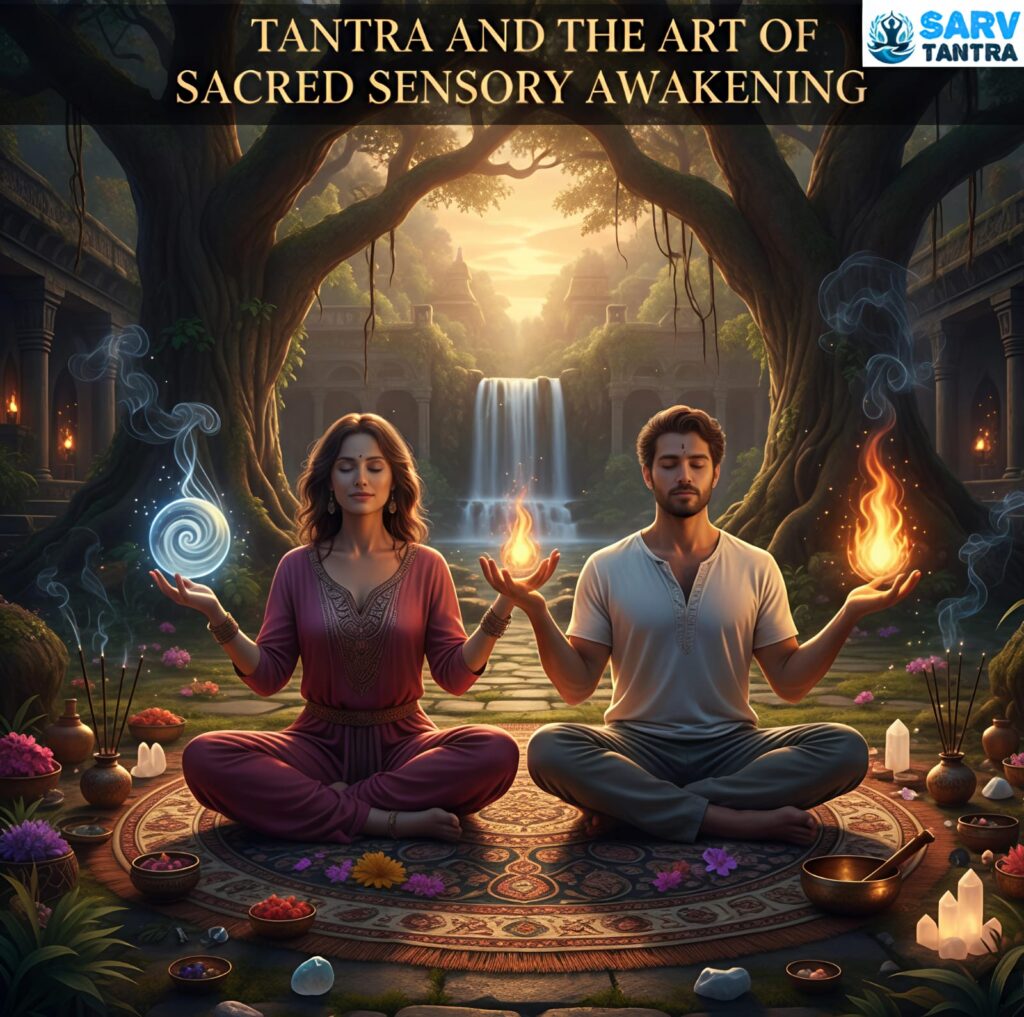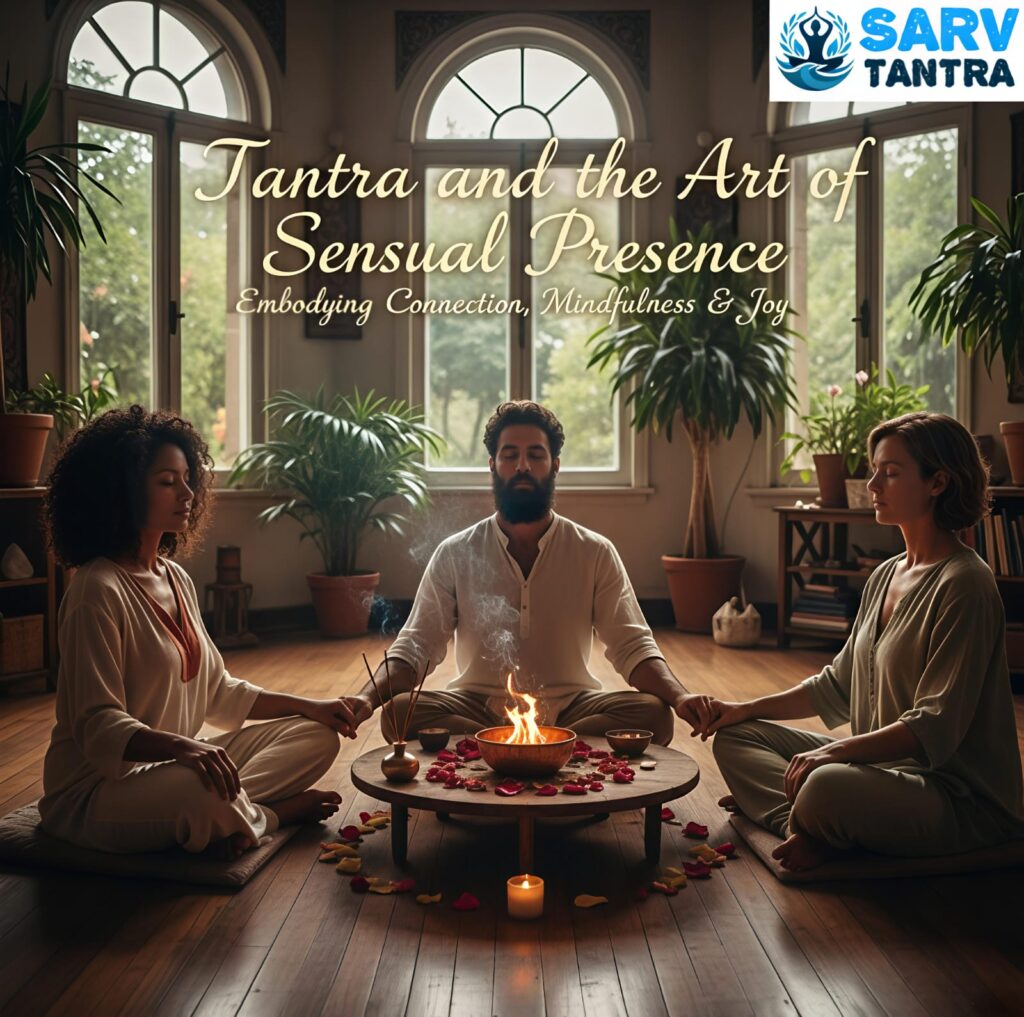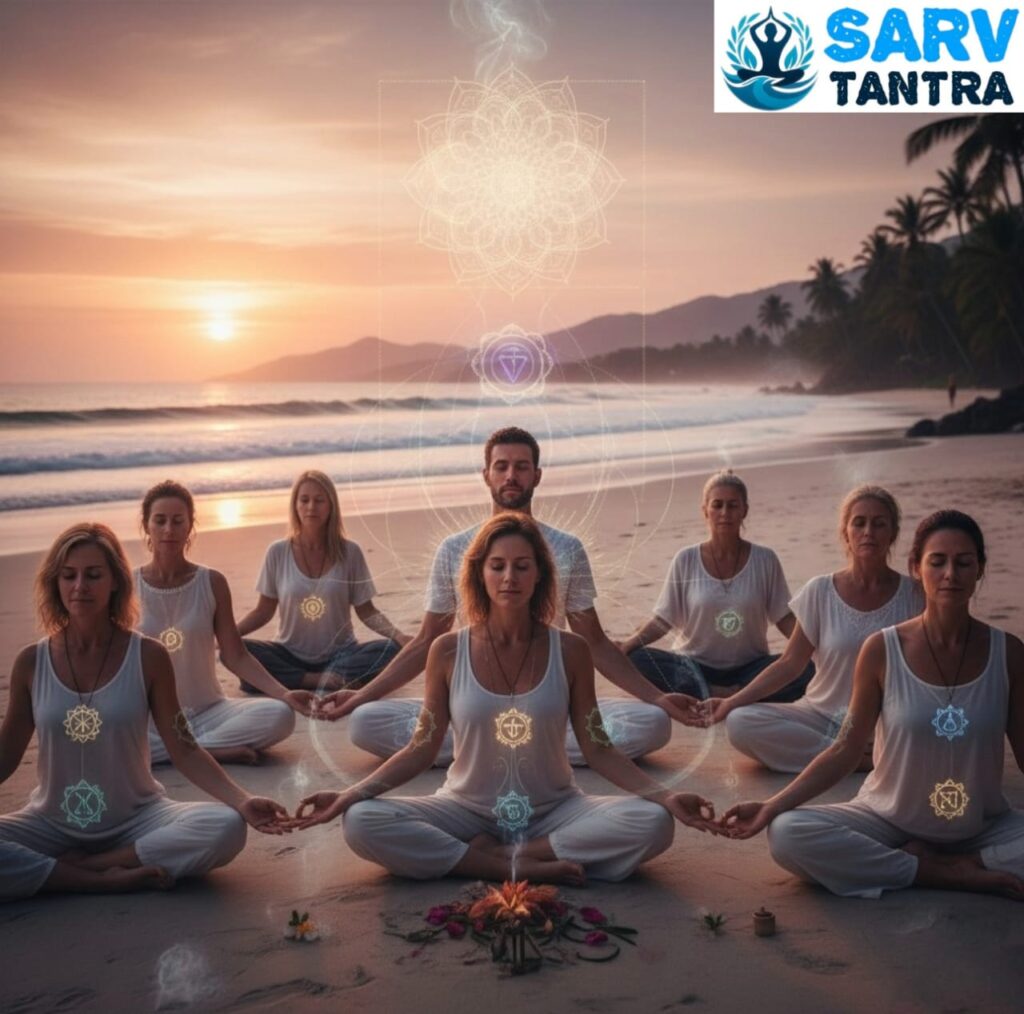Tantra and the Path of Inner Stillness

Tantra, as one of the profound spiritual sciences of the East, has always been associated with energy, union, consciousness, and transformation. While many perceive Tantra only in the dimension of expansion of energy or the interplay of masculine and feminine forces, another equally deep path within Tantra is the journey into stillness. This stillness is not mere silence of the body or suppression of thought, but rather a state of inner equanimity where the practitioner dissolves into the natural rhythm of existence. The path of inner stillness in Tantra is not about withdrawal from life, but a more intimate connection to the essence of being, where every experience becomes a gateway to awakening.
Tantric masters recognized that human beings are constantly engaged in motion. There is movement of thought, emotions, desires, breath, and physical action. This continuous flow of movement creates both vitality and disturbance. When the energy of movement is unbalanced, it becomes agitation, restlessness, and suffering. When it is aligned, it becomes creativity, expansion, and vitality. But beyond both the positive and negative aspects of motion lies the vast dimension of stillness. This stillness is not the absence of life but the ground on which all life manifests. It is the eternal witness, the silent awareness that pervades every breath and moment. Tantra, therefore, invites the practitioner to explore this dimension of stillness as a living force.
The teachings of Tantra describe stillness as Shakti in her resting state. In dynamic expression, Shakti dances as creation, energy, desire, sound, and manifestation. But in her resting form, she is the infinite silence, the womb of all existence, the unmanifested. To walk the path of inner stillness is to align with this aspect of Shakti. It is to dissolve identification with the restless movements of the mind and body, and instead, to rest in the ground of being. This is not a passive withdrawal but an active embrace of presence.
Tantric scriptures such as the Vijnana Bhairava Tantra describe more than a hundred meditation methods, many of which lead the practitioner into stillness. Techniques like observing the pause between inhalation and exhalation, entering the gap between two thoughts, or resting awareness in the heart space are all portals into stillness. These methods highlight that stillness is always available, hidden in the interstices of movement. The problem is not that stillness is absent but that the restless mind overlooks it. Tantra gently directs attention back to these silent spaces.
On the path of inner stillness, breath becomes a central tool. In Tantra, breath is seen not just as a physical process but as the bridge between body and spirit. By observing the subtle changes of the breath, the practitioner becomes aware of the rhythm of life itself. Inhalation symbolizes expansion, exhalation symbolizes release, and the pause between them is pure stillness. When one enters deeply into that pause, there is a direct glimpse of the eternal presence. The heart slows down, the mind dissolves, and what remains is pure awareness.
Mantra also plays a crucial role in the journey into stillness. While many associate mantras with sound and vibration, their true purpose is to lead the practitioner beyond sound into silence. Continuous repetition of a mantra gradually quietens the chattering mind. As the mantra becomes more subtle, its vibration merges into silence. The practitioner then no longer chants but simply rests in the silent awareness from which sound itself arises. The mantra is the boat, silence is the shore.
Stillness in Tantra is also cultivated through sacred rituals. Unlike ordinary rituals that are mechanical, tantric rituals are deeply conscious processes. Lighting a lamp, offering flowers, or making gestures are all performed with mindful awareness, leading the practitioner into presence. Each act becomes meditation. Slowly, the restless movements of mind and body dissolve, and the practitioner enters stillness. What matters is not the external form of the ritual but the inner quality of awareness.
An important aspect of the tantric path of stillness is its integration with daily life. Tantra never advocated renunciation of the world but taught immersion with awareness. To practice stillness does not mean escaping from action but infusing action with presence. Whether eating, walking, speaking, or working, every act can be performed with a sense of centered stillness. This transforms daily life into spiritual practice. Stillness is then no longer limited to meditation sessions but becomes a living reality.
In relationships too, Tantra teaches the art of stillness. Often, relationships are caught in cycles of desire, expectation, and conflict. But when one partner cultivates stillness within, it transforms the energy of the relationship. Instead of reacting impulsively, the practitioner responds from a calm center. This creates harmony and deep connection. In intimate union, stillness becomes the highest expression of love. It is the silent presence where two beings dissolve into one essence.
The benefits of cultivating inner stillness through Tantra are vast. Physically, it reduces stress, stabilizes the nervous system, and strengthens immunity. Mentally, it quietens anxiety, dissolves fear, and enhances clarity. Emotionally, it brings balance, compassion, and resilience. Spiritually, it opens the gateway to the infinite, where the practitioner experiences oneness with existence. Beyond all benefits, stillness is its own reward, the natural state of being.
Challenges also arise on this path. The restless mind resists stillness, constantly seeking distraction. Many practitioners feel boredom, unease, or even fear when they first encounter silence. Tantra advises patience and trust. The restlessness itself is part of the process. With continuous practice, the mind begins to relax, and the beauty of stillness reveals itself. Teachers emphasize that one should not force stillness but allow it to unfold naturally, like a river flowing into the ocean.
Modern life, with its noise, speed, and overstimulation, makes the tantric path of stillness even more relevant. People are constantly surrounded by information, technology, and demands that fragment attention. In such an environment, stillness becomes medicine. Simple tantric practices like mindful breathing, mantra repetition, or conscious pauses during the day can transform the quality of life. The practitioner learns to carry an oasis of stillness within, no matter how chaotic the external world may be.
Ultimately, Tantra views inner stillness not as an end but as a beginning. From stillness arises true creativity, wisdom, and love. It is in stillness that one realizes the essence of the self, beyond body and mind. It is in stillness that the play of life is seen as a divine dance, where every joy and sorrow is embraced without attachment. The tantric path of stillness is thus a return home, a recognition of what has always been present.
The greatest masters of Tantra often lived in this stillness. Their presence radiated silence more than words. Disciples felt transformed simply by sitting near them, for stillness communicates beyond language. In their silence, one could hear the rhythm of the cosmos, the heartbeat of the divine. Tantra teaches that such stillness is not exclusive to masters but is the birthright of every human being. The only requirement is willingness to turn inward and recognize it.
The tantric vision of stillness also dissolves the duality of silence and sound, motion and rest, form and emptiness. For Tantra, stillness and movement are not opposites but two expressions of the same reality. In every sound lies silence, in every movement lies stillness, in every form lies emptiness. By recognizing this unity, the practitioner lives in harmony with existence. Life is then no longer a struggle but a dance of stillness and movement.
In conclusion, Tantra and the path of inner stillness is a journey of returning to the essence of being. It is a reminder that beneath all noise, desires, fears, and activities lies an ocean of silence. This silence is not void but fullness, not absence but presence. To touch this stillness is to awaken to the truth of who we are. In stillness, the practitioner becomes free, whole, and united with the cosmic rhythm. Tantra offers not an escape from life but a way to live fully, with awareness and peace. The path of inner stillness is both the foundation and culmination of the tantric journey, where the seeker and the sought dissolve into one eternal silence.




